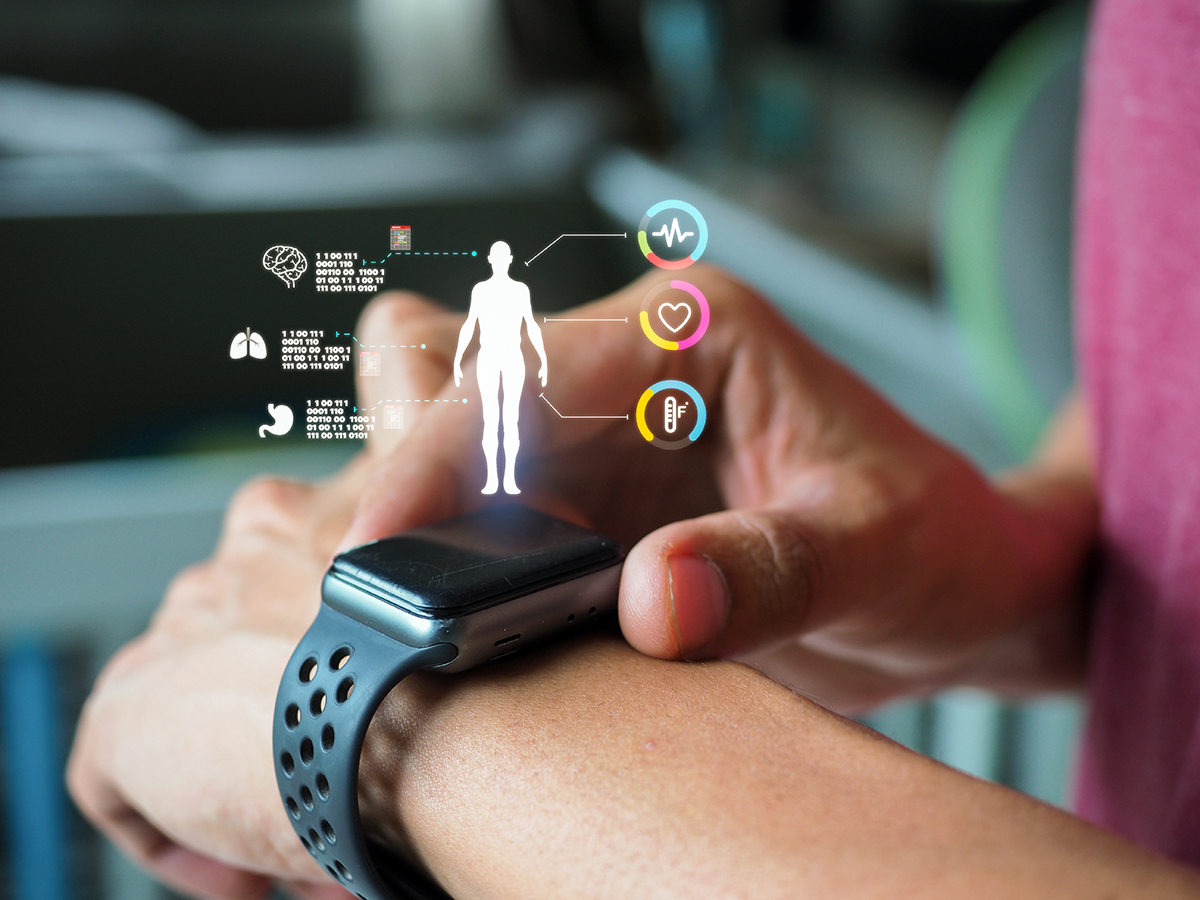
Leveraging Data to Better Understand Social Determinants of Health

From an early age, people generally possess knowledge that genetics factor into their overall health outcomes. For example, if cancer is a dominant diagnosis throughout generations in a family, many in that family would conclude they have a predisposition to it. What if there were other factors that had a greater effect on health than genetics? Are people even aware this is possible?
Social determinants of health (SDOH) are the conditions where people learn, live, and work. These are non-medical factors that shape a person’s overall health and health outcomes, impacting their well-being and quality of life. Social determinants can have an even greater influence than genetics on one’s health. Studies show that up to 80% of health outcomes are related to social determinants of health. To better understand SDOH and why they are important to vulnerable populations, it’s important to explore the five social determinants of health domains and offer some examples of SDOH.
Vulnerable Populations
Social determinants can have a large impact on the most vulnerable populations, drastically affecting their health outcomes, even further plaguing chronic conditions from which they may suffer. Vulnerable populations are at a greater risk of experiencing adverse health outcomes than individuals living in affluent or socially privileged areas.
Vulnerable populations include:
- Elderly
- Children
- Individuals who are not or underinsured
- Ethnic minorities
- Racial minorities
- Individuals living in socioeconomically disadvantaged areas
- Individual residing in rural communities
In rural communities, where 1/5 of the US population resides, SDOH are hard to address as funding is hard to secure and health facilities often experience staff shortages
5 Categories of Social Determinants of Health
Social determinants of health can be organized in five domains. Exploring these domains, it’s easy to ascertain how SDOH correlates to the health outcomes of vulnerable populations and why they are so important.
1. Economic factors
1 in 10 people in the United States live in poverty. Poverty can prevent individuals from acquiring healthy foods and living in safe neighborhoods. People who can gain economic stability have a better chance at improving their health outcomes and reducing poverty levels.
2. Education access and quality
Children facing social discrimination, poverty, or disabilities are less likely to move towards higher education and attain well-paying jobs. Throughout their lives, they can face inadequate medical care and suffer chronic diseases like diabetes, heart problems and depression. Individuals that attain advanced levels of education tend to be healthier and have longer lifespans.
3. Healthcare access
Many people in vulnerable populations lack access to adequate healthcare. In fact, 1 in 10 individuals in the United States do not have health insurance. Without proper insurance, people often forego having a primary care provider and lack the ability to get vital services or afford medications.
4. Location (neighborhood) and environment
The neighborhoods in which people reside can impact their overall health, safety, and well-being. People on lower socioeconomic scales can often be subject to violence and health/safety risks within their own neighborhoods. Lower income areas can often lack adequate transportation services, making it challenging for folks in the area to access healthcare facilities.
5. Social and community
People facing poverty, discrimination, and social challenges can develop negative relations that affect their long-term health and well-being. Developing healthy relationships backed by social and community support can alter health outcomes for the positive.
The CDC and SDOH
Health equity means that all individuals have the best chance to attain the greatest levels of health possible. Confronting differences in SDOH is a way to advance towards attaining health equity, an initiative to which the CDC is committed. The CDC has programs, like REACH (Racial and Ethnic Approaches to Community Health) to create awareness and reduce health disparities. Ending health gaps in the U.S. is an important initiative and the barriers to health like race and education, and location are what the CDC is working diligently on eliminating.
Changing Social Determinants of Health
For those living in vulnerable populations, can social determinants of health change? Although challenging, the answer is yes. Awareness is the first step to addressing change, but many vulnerable populations are unaware as to the extent SDOH can affect health outcomes. Policy, system, environmental, and programmatic changes need to occur for individuals to overcome inequities so that positive transformations can be felt across communities. One important idea to note is that for change to be effective, policy needs to be addressed on the local level.
The Power of Data
Social determinants of health continue to contribute to increased health care costs and inequities in vulnerable populations. To gain greater insight into the impacts of SDOH, organizations have turned to the power of artificial intelligence (AI) and big data. Machine learning (ML) models can be trained with social and clinical data to make accurate predictions to determine what social needs, when intervened upon, would have the biggest impact for positive health outcomes. By utilizing local data instead of generic data sets, leaders can appreciate and comprehend the factors influencing health inequities in their specific area and take appropriate action.
Improved Health Outcomes with Data-Driven Strategies
SDOH have a greater impact on health outcomes than perhaps most people realize. Because individuals in vulnerable populations are at greater risk for adverse health outcomes, it’s important to examine social determinants of health and explore how changes need to occur for communities to experience positive social impacts. And instead of using data from large populations that can alter results, health organizations can use local data, along with AI/ML, to explore factors that have the biggest social impacts on local communities. By taking action at the policy, system, and programmatic levels, we can bring about positive transformations and improve health outcomes for all.
Apexon helps organizations to harness healthcare data more effectively. Individual and public data can be utilized to predict future trends and improve overall health outcomes. Apexon’s Healthcare Data Analytics Platform (HDAP) can be used to address multiple data use cases to improve research and operational processes. To learn more, check out the Apexon Healthcare Data Analytics Platform page or get in touch directly using the form below.




